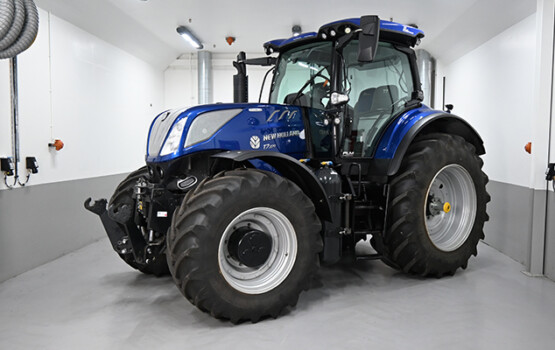Portal for more climate-friendly mobility
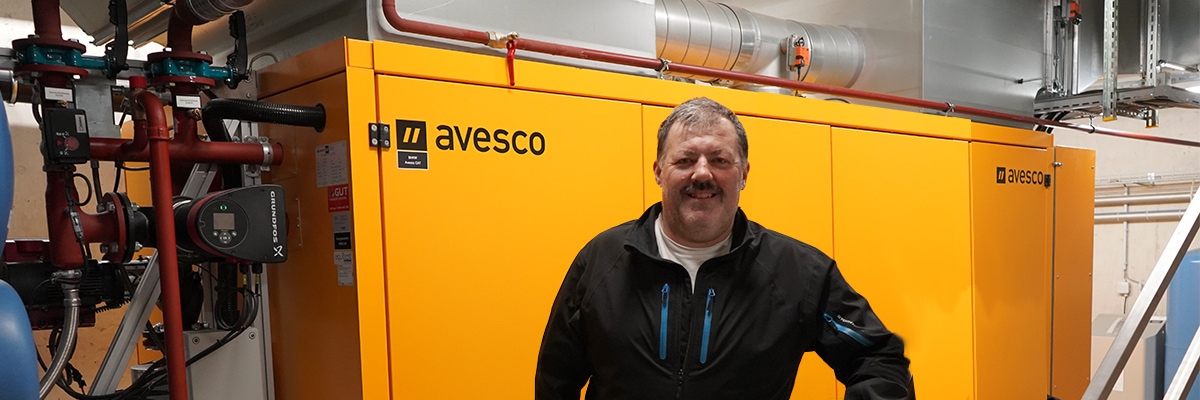
A cheesemaker and energy entrepreneur
Master cheesemaker Martin Götschi is able to save up to 100,000 litres of heating oil per year. This is possible due to a biogas plant. Bringing the biogas from his pig fattening farm to his cheese dairy in the Emmental valley required a great deal of initiative and determination. But now the complex energy system is up and running.
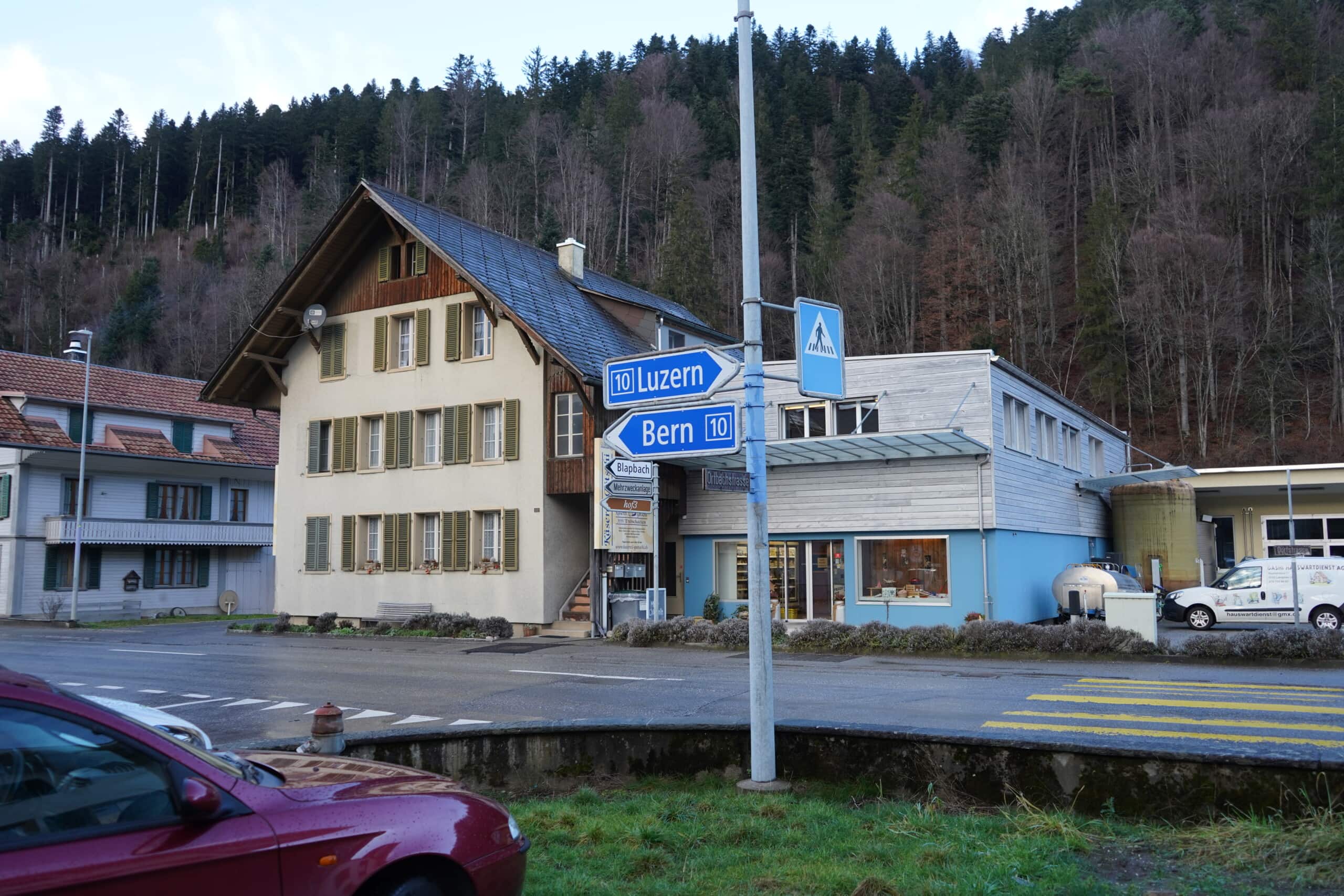 Outwardly inconspicuous, but not to be underestimated: the Götschi cheese dairy on Dorfstrasse in Trubschachen BE, which saves thousands of litres of heating oil and also tons of CO2 every year thanks to biogas and a complex energy system. Source: CNG-Mobility.ch
Outwardly inconspicuous, but not to be underestimated: the Götschi cheese dairy on Dorfstrasse in Trubschachen BE, which saves thousands of litres of heating oil and also tons of CO2 every year thanks to biogas and a complex energy system. Source: CNG-Mobility.ch
When people travel from Langnau in the Emmental valley to Lucerne, they generally pass by the Götschi cheese dairy on Dorfstrasse in Trubschachen (BE). This is a pity – a stop would be worthwhile! Firstly, it offers outstanding cheese and dairy products, and secondly its energy supply system is complex but highly efficient. Biogas from the nearby pig fattening plant helps innovative master cheesemaker Martin Götschi from Bern save up to 100,000 litres of heating oil per year as well as hugely reducing CO2 emissions.
How do you come up with such an idea? Götschi laughs: “In a sense, it just kind of happened.” 40 years ago, his father installed the first biogas plant next to the barn to heat the latter for breeding and fattening pigs. “In 2010, we expanded the fermentation tank to 1,000 cubic metres so we could heat the house with biogas, too,” explains Martin Götschi. However, the manure from around 90 dams and nearly 500 fattening pigs along with biogenic residues enabled production of even more biogas and therefore sustainable energy – for the manufacture of cheese, butter and other dairy products, for example. But the cheese dairy is located directly on the main road and the Götschi family farm is about one kilometre away from it.
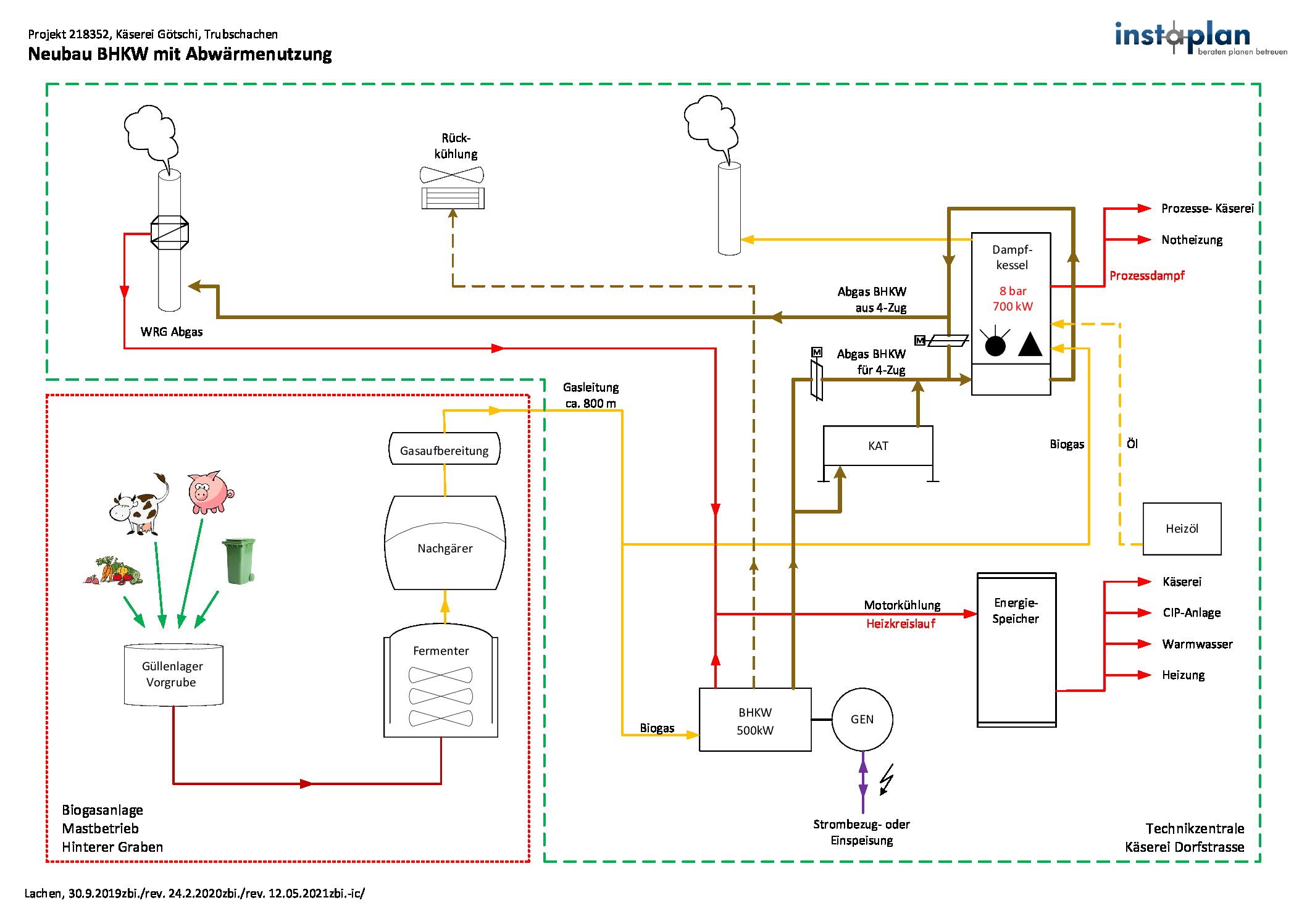 The technical layout of the complex, sustainable energy system. Source: Cheese dairy Götschi/Christoph Tonini
The technical layout of the complex, sustainable energy system. Source: Cheese dairy Götschi/Christoph Tonini
“This required an 850-metre gas pipeline – the entire planning and implementation took a total of eight years,” explains the master cheesemaker. And if Götschi were not so innovative and persistent, his biogas plant would probably still not be supplying gas for combined heat and power in the dairy. No matter what challenges Götschi faced, he came up with a solution. “Because of the pipeline, the authorities suddenly decided to treat me as a gasworks operator, so I had to meet the kind of requirements that apply to large companies,” he explains. “Such as provide a 24-hour on-call service.” After consulting with the fire brigade, it was at least possible to come up with a pragmatic solution to that problem.
The Trubschach native often broke new ground with his idea, so the cantonal authorities and the municipality were unable to simply fall back on existing regulations. When laying the energy line from the farm in Krümpelgraben to the dairy, Götschi benefited from the fact that the road had to be reconstructed anyway. He had the biogas pipeline installed at the same time, so he didn’t have to cover the entire cost of the elaborate excavation work in order to channel the biogas along to the rather noisy, orange-and-yellow monster in the basement of his dairy. Incidentally, the latter is intentionally located in the basement where it hums away, acoustically well shielded so as not to disturb the neighbours with vibrations and noise.
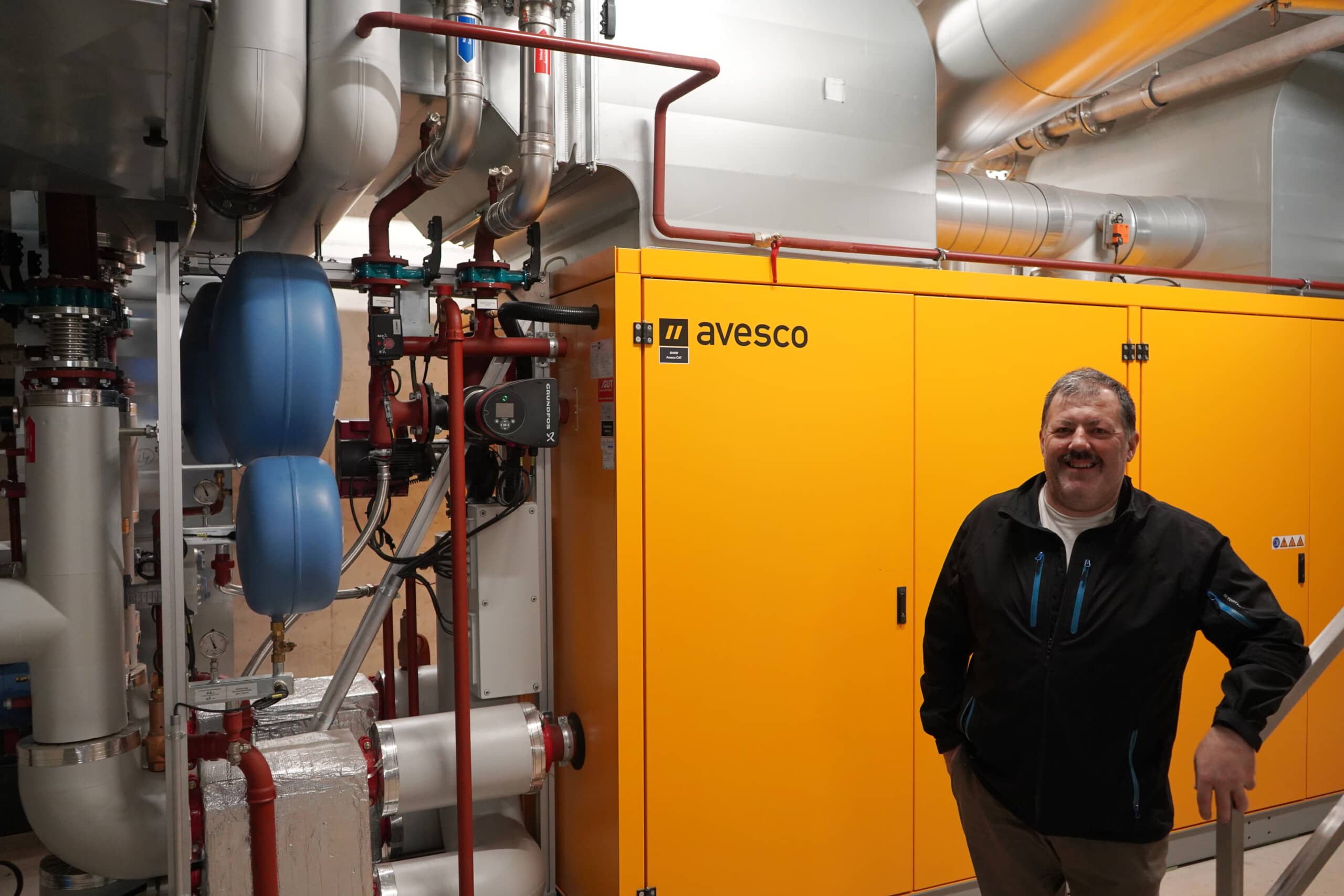 Master cheesemaker Martin Götschi in front of the heart of the entire system: a combined heat and power plant that can supply 500 kW electrically and 540 kW thermally and is fired with biogas. Source: CNG-Mobility.ch
Master cheesemaker Martin Götschi in front of the heart of the entire system: a combined heat and power plant that can supply 500 kW electrically and 540 kW thermally and is fired with biogas. Source: CNG-Mobility.ch
The combined heat and power plant provides heat for building heating and the preparation of hot water. As if that weren’t enough, there’s also an waste gas heat exchanger one floor higher: thanks to an integrated steam generator, the clever cheesemaker is also able to use the heat from the hot waste gases it for the purpose of pasteurisation and cleaning. “After flowing through the fourth boiler pass, the waste gas can be used again in a waste gas heat exchanger,” explains Martin Götschi. “This energy is transferred to the energy storage system, too. After all, steam is a very efficient way of quickly making large amounts of process heat available,” he says, pointing to what a layman would see as a wild jumble of valves and pipes that ensures reliable temperature control for the various consumers running off the steam generator. Incidentally, the 500 kW combined heat and power plant is also equipped with a mains connection so it can feed unused electricity into the public grid.
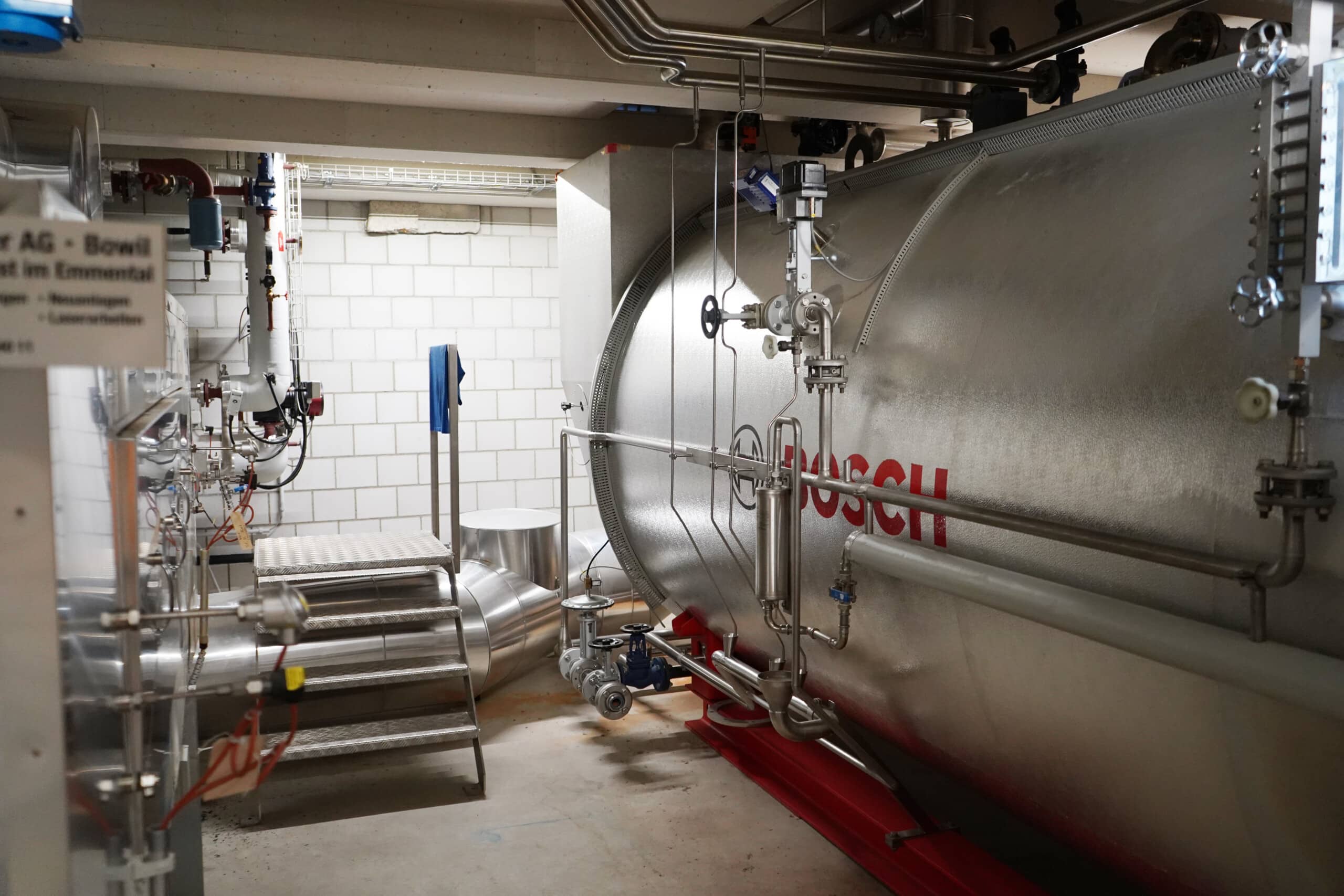 The steam generator also has an integrated exhaust gas heat exchanger and extracts additional heat from the hot exhaust gases. Source: CNG-Mobility.ch
The steam generator also has an integrated exhaust gas heat exchanger and extracts additional heat from the hot exhaust gases. Source: CNG-Mobility.ch
The dairy currently saves up to 100.000 litres of heating oil in processing six million litres of milk per year. Around a third of the milk is processed into cheese – no, not Emmentaler, that would somehow not quite suit Martin Götschi: he uses it to make Gruyère. The energy company also produces large quantities of butter and also offers various other cheeses, quark, yoghurts and dairy products at a small self-service shop on Dorfstrasse. And what happens to the biogenic residues from cheese production? “The curds are used for fattening the pigs of course, or I can also use them as a substrate for the biogas plant.”
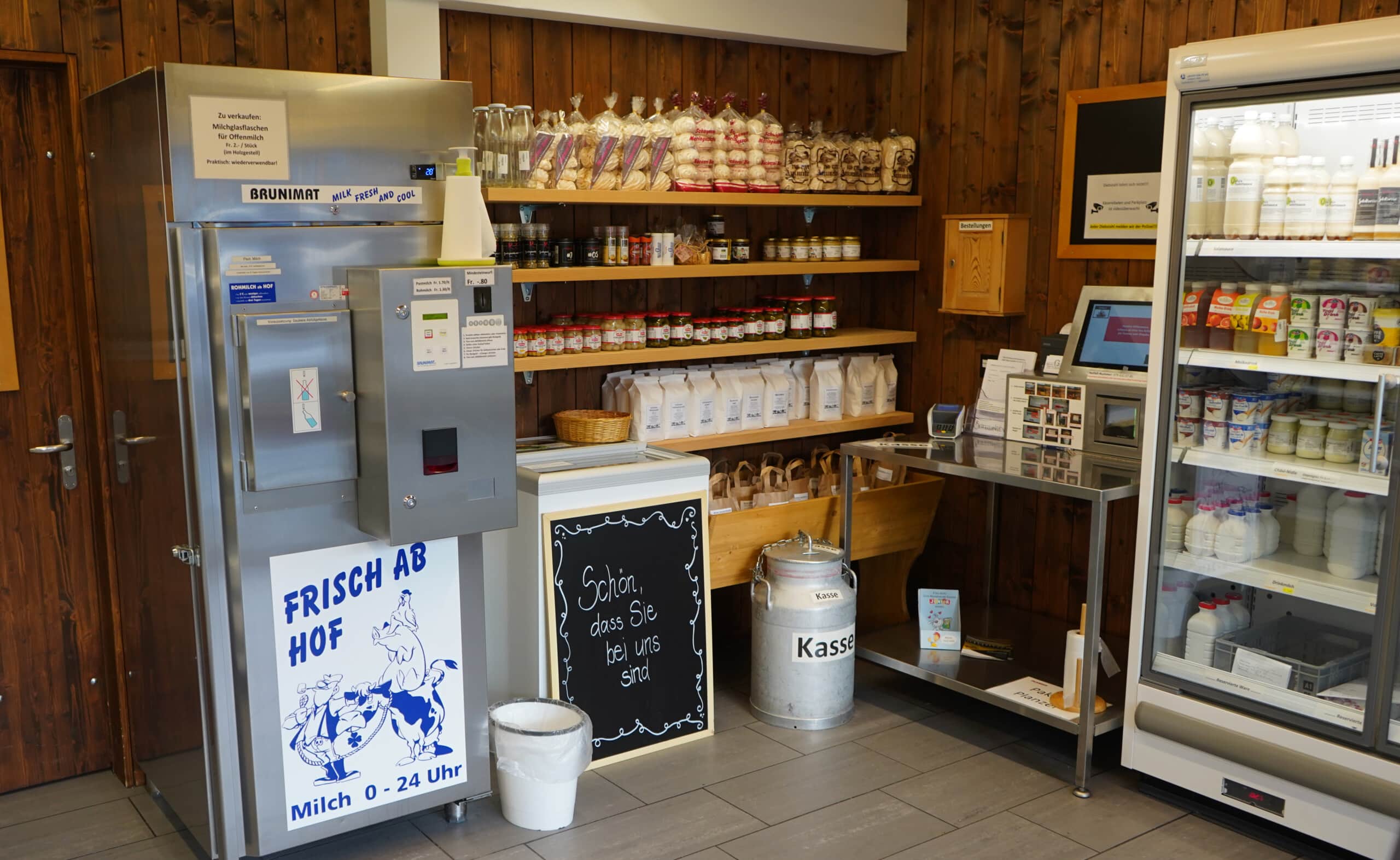 A part of the rich offer in the self-service shop – here, too, the people of Trubschach come up with an innovative and modern concept – the Götschi cheese dairy. Source: CNG-Mobility.ch
A part of the rich offer in the self-service shop – here, too, the people of Trubschach come up with an innovative and modern concept – the Götschi cheese dairy. Source: CNG-Mobility.ch
In the dairy with around 18 employees, the complex energy system not only saves a great deal of energy, it also cuts water consumption, too. To this end, Götschi has installed a double-osmosis system that purifies the water from the cheese production process again so it can be reused for certain purposes. “Everyone thinks energy from biomass is a good thing,” Götschi concludes, “but generally speaking things start to get complicated when it comes to actually building the plant.” This doesn’t deter him from considering further optimisation options for his plant, however. “I might want to install a larger steam accumulator that would improve temperature control, or I could install a refrigerant circuit,” explains Martin Götschi, his face lighting up with enthusiasm. (jas, 14 February 2023)
You might also be interested in
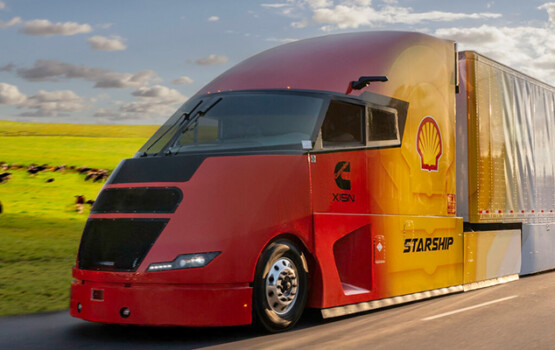
Shell Starship on record hunt
